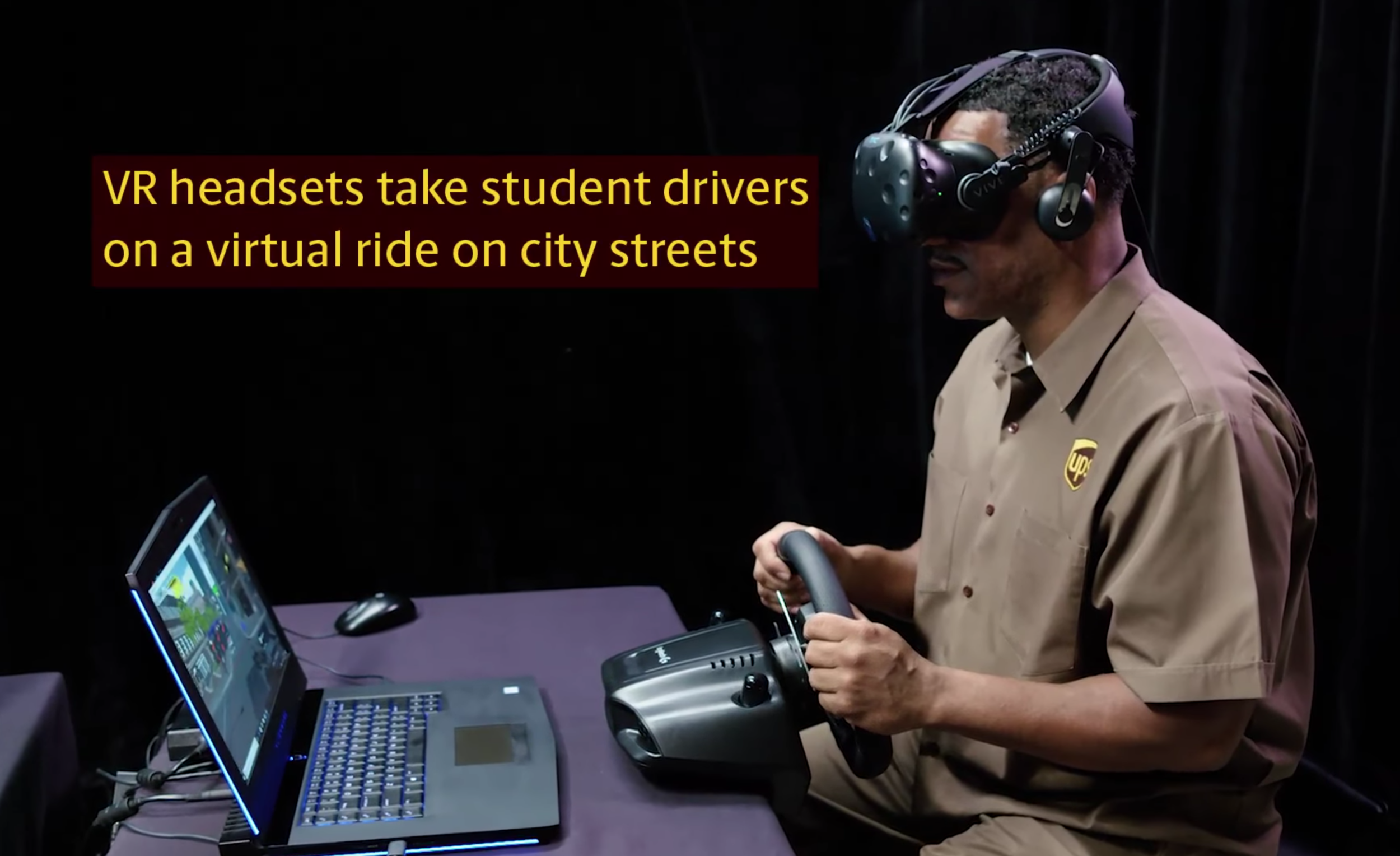Join our Training Committee here
Jeff Meador is the Founder of Portico.ai and Co-Chair of the VRARA Training Committee. He joins VRARA's Storyteller Davar Ardalan to talk about the impact VR and AR are making on enterprise training. Meador says whether used as part of new or existing training programs, the inclusion of immersive technology is the new gold standard of training excellence. VR and AR give learners the opportunity to learn, try, experiment, and succeed on their own without the need for extensive setup, cost, or physical risk.
The VRARA Training Committee recently conducted an industry survey to get a sense of major use cases for VR, AR and MR. What industries are benefiting most today and what are some of the use cases?
The benefits we’re seeing are more use-case focused than industry focused, although the mechanical, medical, and safety/ security industries have all seen fantastic applications of this technology. Some of the strongest early successes we’re seeing from VR training come from two general use cases: observational training and mechanical training.
For observational training, VR is great for letting people assess a situation and environment and identify potential problems or hazards. This could include identifying safety concerns at a construction site or noticing areas of a restaurant that need attention before the doors open for the day.
Mechanical training, on the other hand, involves some sort of precision manual operation. This could be assembling a motor, performing knee surgery, or diagnosing problems with an electrical grid.
Credit: PixoVR
Credit: SkillReal
We’re starting to see the industry expand from here. Companies are starting to use immersive training for more leadership and management skills, sales training, and reinforcing corporate culture.
Credit: Portico
VR tends to prepare people to do a task. People learn how to operate equipment, assemble parts, and assess situations. They practice in VR so that when they encounter the situation on the job, they’re prepared.
AR tends to assist people in doing a task, so it’s more of a just-in-time training model. Companies are using AR to pull up schematics or instructions during part assembly, provide directions around a complicated warehouse, or to allow a remote instructor or expert to see what they’re seeing and provide guidance.
Have you seen any research from the employee vantage point? VR training might be more efficient in the long-run but is there a danger of employees missing out on company culture?
The way VR training is being used right now still gives employees a lot of opportunity to learn about company culture. The introduction of VR into a training program doesn’t eliminate some of the classroom-based training that happens, so great discussions about company culture, brand, and values are still happening in organizations with a strong VR training program.
VR can be instrumental in reinforcing certain aspects of corporate culture. For example, some companies have made 360 videos to give employees a better understanding of their customers and what makes their product special.
Some other research points that we’ve seen are very compelling. Employees are a lot more engaged with the learning when presented in VR and AR. They find the content to be very relevant to their skill development and are seeing a quicker transfer of skills. More importantly, retention rates skyrocket during interactive VR sessions, with some studies showing as much as a 400% improvement.
At Portico, we’ve been working with neural scientists on the way the adult brain learns. We have a white paper out that details a lot of the science behind how the brain responds to VR differently than traditional classroom or computer-based training.
Tell us more about your company Portico.ai and focus on VR for training.
We’re focused on developing tools for soft-skills and leadership training inside VR. Our cornerstone product is our TrueTalk AI, which is a cloud-based service that lets learners talk directly to digital avatars in Virtual Reality. We’re seeing a lot of use for this technology across the board. Role play is part of many trainings, ranging from customer service to leadership and management. This has always been an effective form of learning, but one that’s inconsistently applied. Not all learners get to participate, and the situations and feedback vary greatly from experience to experience. We’ve made it possible to deliver consistent role play scenarios with effective feedback on performance.
Credit: Portico
We’re developing some of these experiences in-house and also partnering with a variety of companies that are integrating our speech technology into their products and offerings.
How are you integrating artificial intelligence as part of your VR training experiences?
Artificial Intelligence is central to everything we do. We come at it from two main points. First, we have our AI that moves the conversation forward. So when the learner speaks, the digital avatar responds quickly and with relevant information. The avatars respond not only to what was said but how it was said. We’re diving into some of the nuance of language and how that can relate to business processes as well as organizational brands and values. Which leads me to the second layer of AI: our virtual trainer. During the conversation, a virtual trainer is constantly listening. If the virtual trainer recognizes an area where the learner deviates from process, best practices, or brand messaging, the virtual trainer can pause the scenario and offer immediate feedback on ways to improve the conversation.
Davar Ardalan is the founder and storyteller in chief of IVOW, an AI-powered storytelling agency and Stanford Affiliate. Ardalan co-chairs the Stories and Audiences Committee of the VR/AR Association, and has been recognized with a 2017 NASA Team Leadership award for Space Apps, a Gracie Award from the American Women in Radio and Television and a shout-out in the popular comic strip Zippy.


